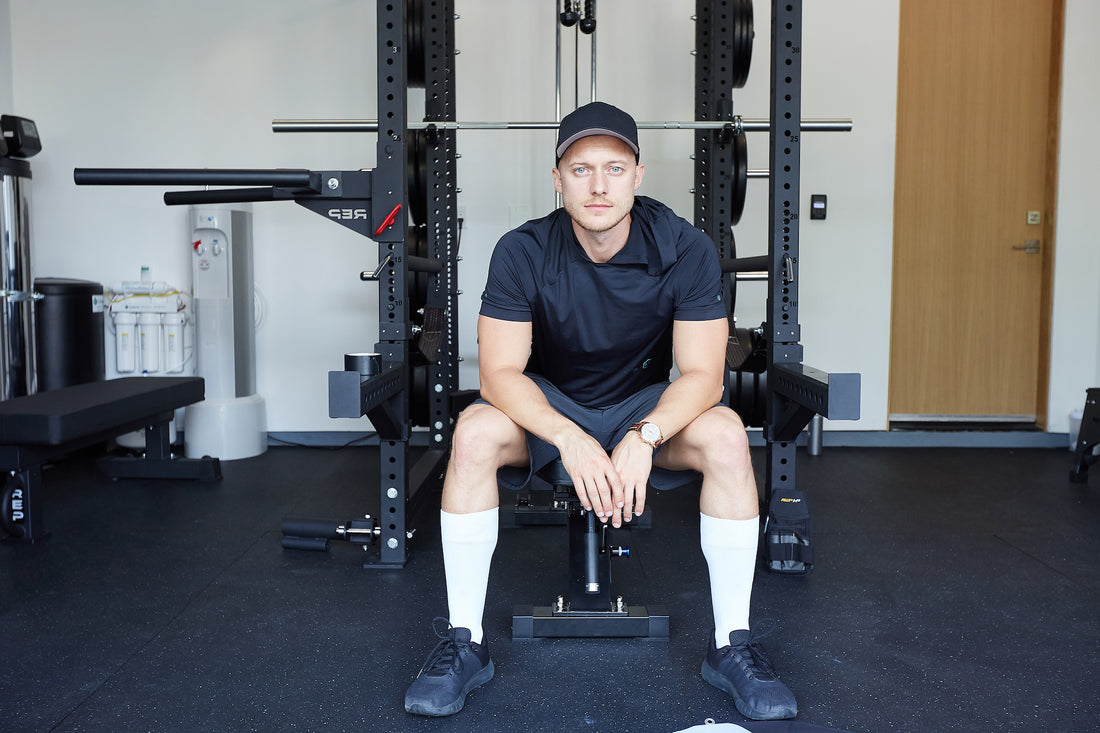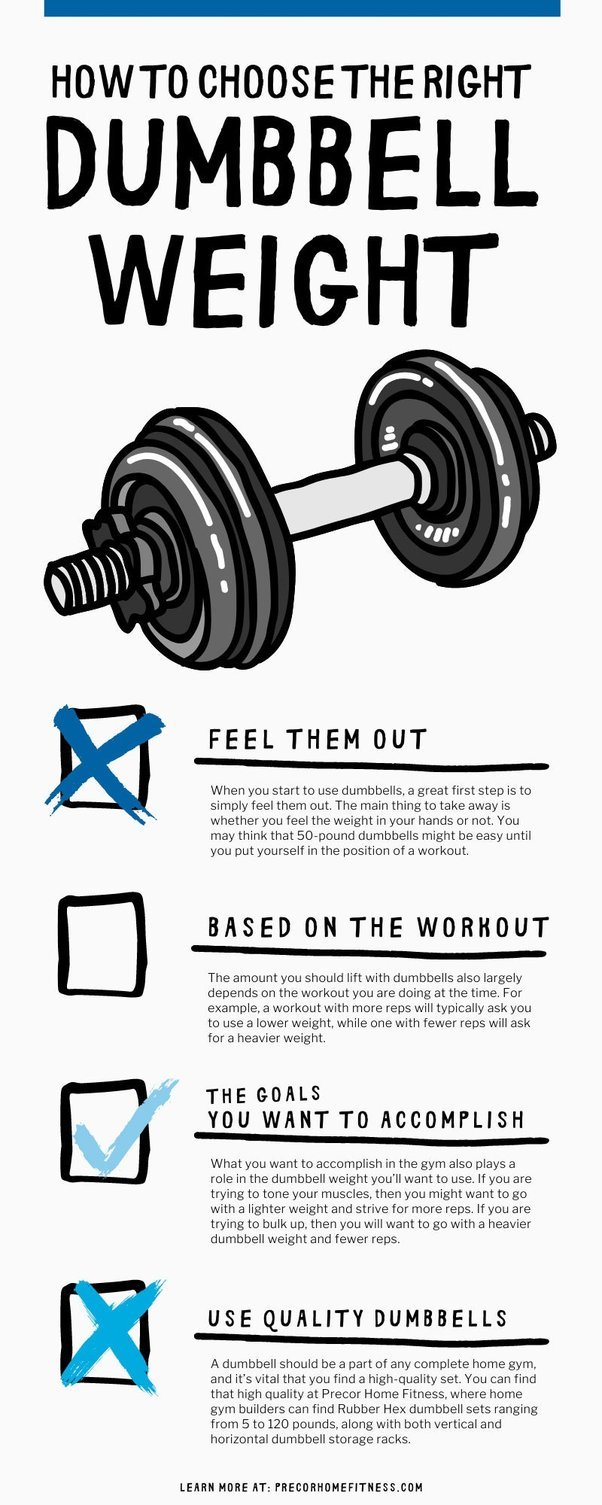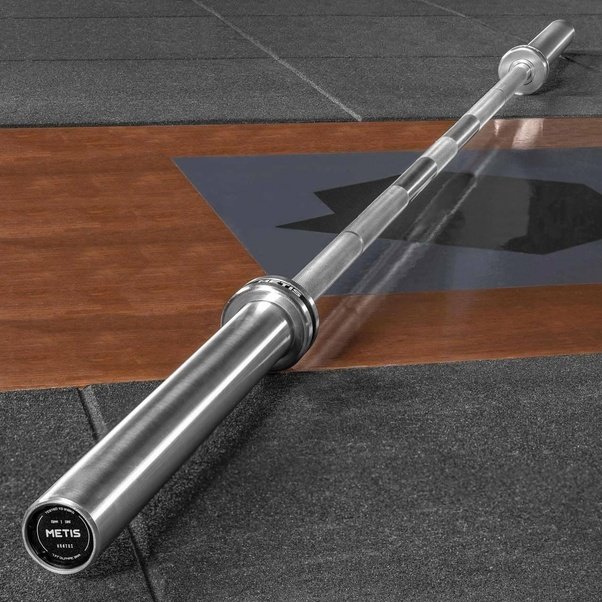The best type of barbell depends on your specific training needs and goals. Olympic barbells excel for dynamic lifts, whereas powerlifting barbells suit maximum strength building.
Choosing the right barbell is crucial for enhancing your workout efficiency and achieving optimal results. Barbell options vary widely: Olympic barbells, powerlifting barbells, and standard barbells are the most common types. Each barbell type is tailored to specific kinds of weightlifting activities.
Olympic barbells prioritize flexibility and rotation for complex movements like the snatch and clean-and-jerk. On the other hand, powerlifting barbells focus on rigidity and durability to accommodate very heavy loads during squats, deadlifts, and bench presses. Standard barbells, typically lighter and thinner, are versatile for general fitness enthusiasts. The barbell’s knurling, whip, and bearings also play a significant role in a lifter’s grip and lift technique. Therefore, identifying your training style is essential to determine the best barbell for your personal use.
Choosing The Right Barbell
Embarking on a weightlifting journey calls for the perfect barbell. Your choice can make or break your training experience. Let’s dive into the essential factors and common types to ensure you select the bar that best aligns with your workout goals.
Factors To Consider
Your exercises and skill level determine the barbell type. Weight capacity is crucial for safety. Consider barbell length and diameter for a comfortable grip. The bar’s whip, or elasticity, affects lifting dynamics. Sleeve rotation facilitates smooth lifts. Finishes and knurling impact grip and durability.
- Exercise Type: Different styles suit specific workouts.
- Skill Level: Beginners might prefer a different bar than experts.
- Weight Capacity: Ensure it can withstand heavy loads.
- Size: Length and diameter should fit your frame and hands.
- Whip: The amount of bend influences lifting technique.
- Sleeve Rotation: Essential for Olympic lifts.
- Finish and Knurling: Affects durability and grip.
Common Barbell Types
From powerlifting to Olympic lifting, each type serves a unique purpose. Olympic barbells offer more whip for dynamic moves. Powerlifting barbells are stiffer for controlled lifts. Hybrid barbells accommodate a variety of exercises. Specialty barbells focus on targeted training.
| Barbell Type | Use Case | Whip | Diameter |
|---|---|---|---|
| Olympic Barbells | Dynamic lifts like cleans and snatches | High | 28mm |
| Powerlifting Barbells | Squats, bench presses, deadlifts | Low | 29mm |
| Hybrid Barbells | Mixed use for general fitness | Medium | 28.5mm |
| Specialty Barbells | Targeted exercises like curls and triceps | Varies | Varies |

Credit: www.instagram.com
Anatomy Of A Barbell
Understanding the anatomy of a barbell is key to selecting the best one. Different parts play unique roles in your workout.
Let’s dive into the components, materials, and coatings that make barbells essential for lifting.
Barbell Components
Every barbell consists of three main parts:
- Shaft: The long, straight metal portion you grip.
- Sleeves: Situated at each end, holding the weights.
- Collars: Secure weights in place on the sleeves.
Knurling along the shaft improves grip strength. Some barbells have center knurling for added stability.
Materials And Coatings
Barbells are crafted from various materials:
- Steel is the bedrock for durability.
- Aluminum offers a lighter option for beginners.
The barbell’s coating impacts feel, grip, and longevity. Common coatings include:
| Coating Type | Benefits |
|---|---|
| Chrome | Corrosion resistance, smooth feel |
| Cerakote | Color variety, wear resistance |
| Stainless Steel | Best rust resistance, no plating |
| Zinc | Affordable, decent corrosion protection |
Pick a barbell that suits your needs and preferences.
Straight Vs. Curled Barbells
Choosing the right barbell can make a big difference in your workout routine. Straight vs. Curled Barbells is a common debate among fitness enthusiasts. Each has its unique benefits. Below, we unravel the specifics to help you make the best choice for your gains.
Straight Barbell Essentials
The straight barbell remains a staple in weight training. It’s a versatile tool for a wide range of exercises. Listed here are its key features:
- Consistent Grip: Allows for symmetrical hand positioning.
- Balance Training: Challenges core stability and postural control.
- Multiple Exercise Options: Ideal for bench press, squat, and deadlift.
| Exercise | Benefit |
|---|---|
| Bench Press | Chest and Tricep Growth |
| Squat | Leg and Core Development |
| Deadlift | Back and Grip Strengthening |
Benefits Of Curled Barbells
Curled barbells, also known as ez curl bars, bring unique benefits to your workout:
- Reduced Wrist Strain: Ergonomic design eases pressure on wrists.
- Focused Muscle Targeting: Ideal for bicep and tricep exercises.
- Better Grip Security: Angled grips improve hold during heavy lifting.
Bicep Curls and Tricep Extensions are perfect with a curled barbell.
Ultimately, the choice between a straight barbell and a curled barbell depends on your workout goals and preferences. Both add value to a well-rounded fitness regimen. Use straight barbells for compound movements and curled barbells for focused arm workouts.

Credit: repfitness.com
Specialized Barbells For Lifters
Choosing the right barbell is key for any lifter’s success. Not all barbells are the same. Different designs suit different types of lifting. Here’s a look at specialized barbells crafted for specific lifting styles.
Powerlifting Barbells
Powerlifting barbells focus on stability and rigidity. Ideal for squats, bench presses, and deadlifts, these bars resist bending under heavy loads. Key features include:
- Thick Diameter: Offers a firm grip.
- Aggressive Knurling: Ensures a secure hold.
- Static Weight Test: Can handle over 1,500 pounds.
Olympic Barbells
Olympic barbells shine in dynamic lifts. They are built for weightlifting competitions. Key traits include:
- Rotation: Sleeves turn smoothly for clean lifts.
- Whip: The bar flexes, aiding lift mechanics.
- Knurl Marks: Differ from power bars for grip guidance.
Hybrid And Multi-purpose Barbells
Hybrid barbells combine features of Olympic and powerlifting bars. Perfect for a home gym, they adapt to various workouts. Advantages include:
- Versatility: Suitable for all types of lifts.
- Moderate Whip: Balances power and Olympic styles.
- Knurling Comfort: Grippy but not harsh on hands.
Barbell Maintenance And Care
A strong barbell turns heavy lifts into milestones. But they need care. Learn how to keep your barbell in top shape. It doesn’t take much. Regular maintenance ensures durability and safety. Follow these steps to protect your investment and keep it spinning and bending just right.
Cleaning Protocols
Don’t let rust and grime slow you down. Clean your barbell right, and it will always be ready to go.
- Wipe it down after each use. Sweat and moisture breed rust.
- Use a soft brush or cloth. A nylon brush can reach the knurling.
- Mix mild soap with water for a gentle clean.
- Dry thoroughly. No moisture should linger.
- Apply a barbell-specific lubricant monthly.
Storage Solutions
Proper storage prevents damage. Store your barbell wisely, and its life will extend.
- Keep barbells horizontally or vertically in a rack.
- Avoid damp areas. A dry environment is best.
- Don’t overload stands or racks with too many bars.
- Use barbell collars even when stored to keep plates secure.
Remember, a well-maintained barbell is a lifelong gym companion. Treat it well!
Making Your Barbell Decision
Making the right choice in a barbell can define the trajectory of your lifting journey. Different training goals demand specific barbell features. Opt for a barbell that aligns with your fitness aspirations, whether for powerlifting, Olympic lifting, or general fitness. Let’s guide you through this crucial decision.
Barbell Selection Checklist
Identify your barbell needs with these key points:
- Intended Use: Choose a powerlifting, Olympic, or multipurpose barbell.
- Weight Capacity: Ensure the barbell supports your lifting progression.
- Barbell Length: Match the barbell length with your workout space.
- Diameter: Opt for a thicker grip for powerlifting or thinner for Olympic lifts.
- Knurling: Select the grip texture that suits your hold preference.
- Sleeve Spin: Look for adequate rotation for dynamic Olympic lifts.
- Material: Decide between steel, cerakote, or stainless for durability.
- Budget: Balance between quality and affordability.
Where To Purchase Barbells
Find the perfect barbell from these sources:
| Source | Type of Barbells | Price Range |
|---|---|---|
| Local Sporting Goods Store | Basic to advanced | $50-$500 |
| Online Fitness Retailers | Variety of brands | $100-$1000 |
| Direct from Manufacturer | Customizable options | $200-$1200 |
| Used Equipment Stores | Cost-effective | $20-$300 |
All options offer different benefits. Research customer reviews and warranty terms before buying. With the right information, you can make a confident purchase best suited for your workouts.

Credit: oylfitness.com
Frequently Asked Questions Of Which Type Of Barbell Is Best?
How Do I Choose A Good Barbell?
Consider barbell weight capacity and type, opting for Olympic if lifting heavy. Prioritize a sturdy material like steel. Check the knurling for grip comfort. Opt for a bar with proper whip for your lifts. Ensure sleeves rotate smoothly for momentum.
What Kind Of Barbell Weights Should I Buy?
Choose Olympic barbell weights for versatile training or standard ones for casual use. Opt for rubber-coated plates to protect floors and ensure longevity. Consider your training level and weight preferences when purchasing.
What Barbell Should I Start With?
Begin with a standard Olympic barbell, which typically weighs 20 kilograms (44 pounds) and is suitable for a wide range of exercises. Opt for one with a grip-friendly knurling and a 28-29mm diameter for a comfortable hold.
What Barbells Do Most Gyms Use?
Most gyms commonly use Olympic barbells, which are standardized at 7 feet long and weigh about 45 pounds. These barbells accommodate a variety of exercises and users.
Conclusion
Selecting the right barbell depends on your fitness goals and routine. Olympic bars excel for dynamic lifts, while powerlifting bars offer superior stiffness. For general use, a standard barbell often suffices. Your choice should enhance your workout efficiency and safety, matching your individual training needs and preferences.
Always prioritize quality and durability for the best experience and results.



